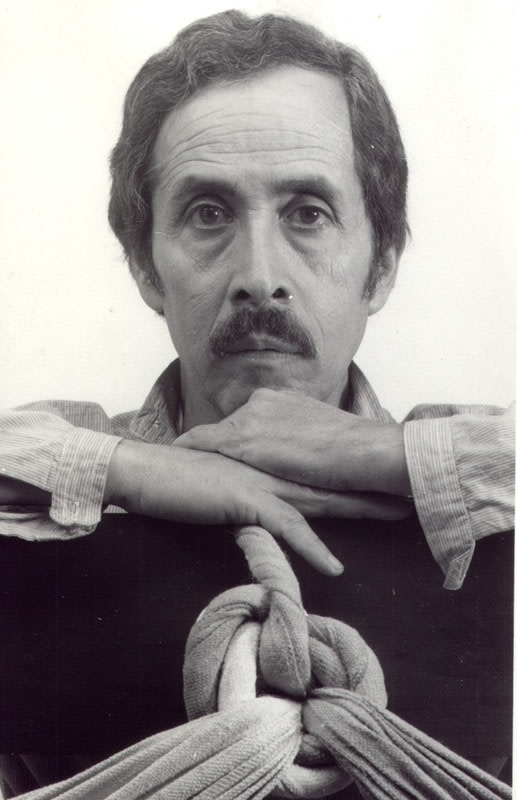Jorge Eielson: Room in Rome
-
Overview
Timothy Taylor is pleased to announce Room in Rome, an exhibition celebrating the centenary of the great Peruvian artist and writer Jorge Eielson (1924–2006) in London. Presented in collaboration with the Jorge Eielson Archive and Study Center, the exhibition centres on a critical moment in Eielson’s career when, in his mid-twenties, he moved from his native Lima to Europe, settling first in Paris and then in Rome. By situating Eielson’s work alongside the European artists he encountered during this period—including Alberto Burri, Enrico Castellani, Lucio Fontana, and Antoni Tàpies—Room in Rome explores the fertile, cross-cultural ground from which Eielson’s landmark Quipus paintings emerged and elaborates a greater global context for Eielson’s highly personal visual work. This exhibition is accompanied by a text written by Luis Rebaza-Soraluz and inaugurates a full year of events and programmes organised by the committee of the centenary of the artist.
Room in Rome shares a title with Eielson’s seminal 1952 book of poems, in which the artist reflects on his acclimatisation to the Italian city. Therein, he engages the metaphor of a knot to describe various entanglements—of past and present, centre and periphery, novelty and tradition, awe and agony. In the years following the book’s publication, as Eielson engaged with postwar Italian discourse and artists such as Castellani and Fontana, who were reconceiving concepts of space in the realm of painting, he also began to study his own Peruvian heritage and indigenous Andean cultures. The intersection of these interests resulted in the artist’s four-decades-long development of the Quipus series (1963–2006), of which seven exemplary works are on view at Timothy Taylor. Named after the knotted-string devices used by Andean communities for accounting and narrating since the pre-Hispanic era, the Quipus feature raw or painted canvas and other fabrics that Eielson stretched, knotted, and twisted into sculptural dimension. Drawing a throughline with his poetry, these dynamically tensile works explore the myriad graphic, semantic, and symbolic connotations of the knot. The series brought Eielson wide acclaim and led to his invitation to present the Quipus at the 1964 Venice Biennale.
Three rarely seen early landscape paintings from Eielson’s Paesaggio infinito series, which he began in the late 1950s, reveal the artist’s experimentation with materials in the years preceding the Quipus. To make these austere, minimal landscapes, Eielson incorporated cement mixtures made with Peruvian sand that he had requested from a friend returning from Lima. During this period, he also worked with unconventional materials such as earth, animal excrement, and powdered marble but also textiles including shirts, jeans and skirts. This enquiry evinces the influence of the so-called matter paintings of Burri and Tàpies, with whom he maintained a rapport beginning in the mid-1950s. After several years of working on these remarkable early landscapes marked by cultural synthesis and innovation, Eielson began to establish his singular vision, which he later called Quipus.
-
Works
-
 Jorge EielsonQuipus 49 C-11973Acrylic on folded canvas on board40 ⅛ x 40 ⅛ in. (102 x 102 cm)
Jorge EielsonQuipus 49 C-11973Acrylic on folded canvas on board40 ⅛ x 40 ⅛ in. (102 x 102 cm) -
 Jorge EielsonQuipus 64B1992Acrylic and folded canvas on canvas70 7⁄8 x 70 7⁄8 in. (180 x 180 cm)
Jorge EielsonQuipus 64B1992Acrylic and folded canvas on canvas70 7⁄8 x 70 7⁄8 in. (180 x 180 cm) -
 Jorge EielsonPaesaggio infinito della costa del Perù (serie II -3)1960Sand and cement on jute canvas
Jorge EielsonPaesaggio infinito della costa del Perù (serie II -3)1960Sand and cement on jute canvas
51 ⅛ x 39 ⅜ in. (130 x 100 cm)
-
-
Installation Shots
-

-
Press















